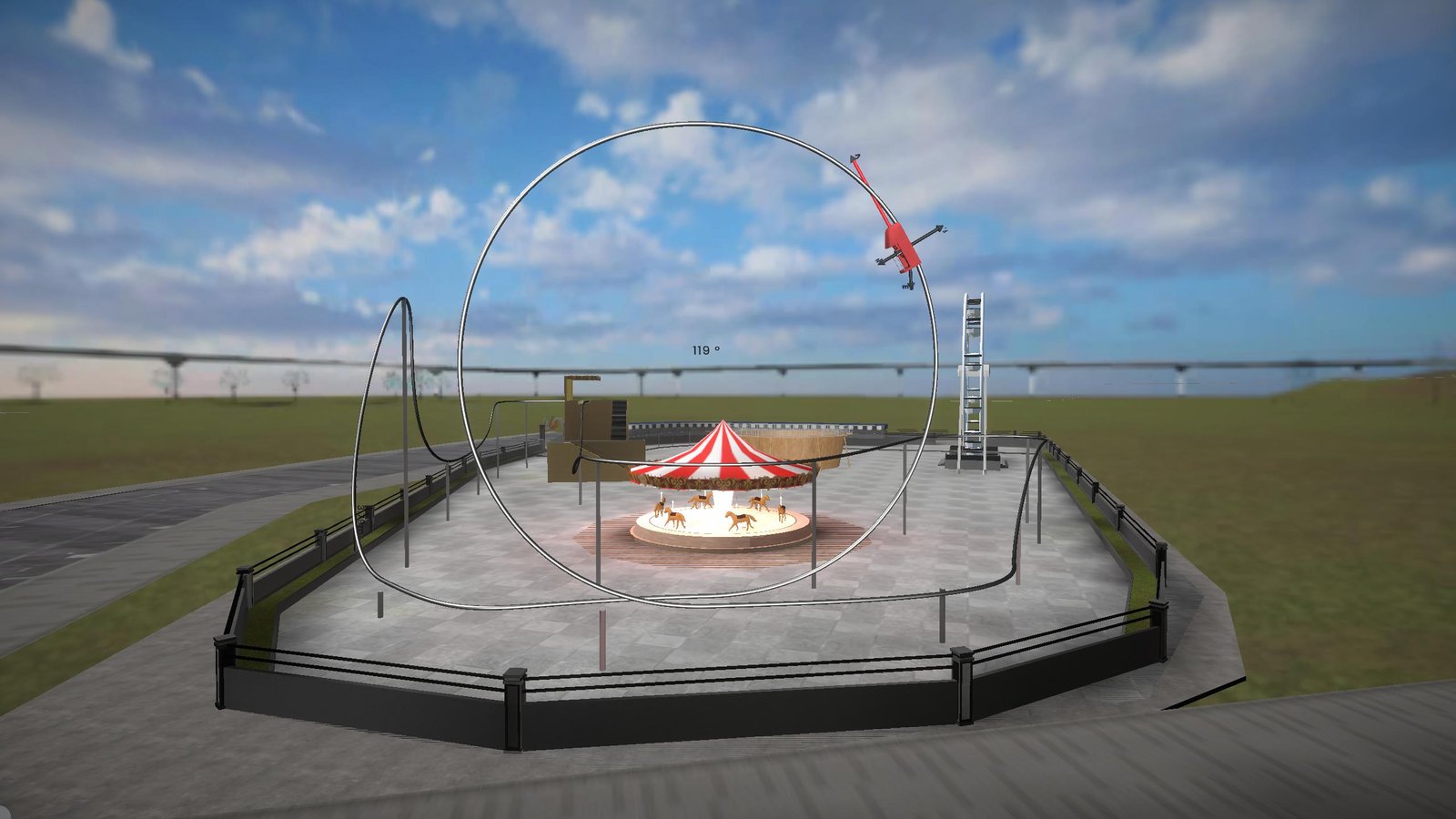Alpha Particle Scattering Experiment (Rutherford’s Nuclear Model)
The alpha particle scattering experiment, conducted by Ernest Rutherford and his team, was a groundbreaking experiment that led to the discovery of the atomic nucleus. The experiment demonstrated that the positive charge and most of the mass of an atom are concentrated in a tiny, dense region called the nucleus, surrounded by empty space.
Experimental Setup:
- Alpha Particle Source:
- A radioactive substance emitted alpha particles (α): Helium nuclei (⁴₂He).
- Gold Foil:
- A thin sheet of gold foil (few atoms thick) was used as the target for alpha particles.
- Detection Screen:
- A circular screen coated with a fluorescent material (zinc sulfide) detected scattered alpha particles by emitting tiny flashes of light when hit.
- Microscope:
- A movable microscope observed and measured the scattering angles of the alpha particles.
Observations:
- Most of the alpha particles passed straight through the gold foil without deflection.
- A small fraction of alpha particles were deflected at small angles.
- A very few alpha particles were deflected at large angles (greater than 90°).
Conclusions:
- Most of the atom is empty space:
- The fact that most alpha particles passed straight through the foil indicated that atoms consist largely of empty space.
- Presence of a dense nucleus:
- The large-angle deflections suggested the presence of a small, dense, positively charged region (the nucleus) in the atom.
- Concentration of mass and charge:
- The nucleus contains most of the atom’s mass and positive charge, while electrons orbit around the nucleus in the empty space.
- Atom’s size:
- The nucleus is extremely small compared to the overall size of the atom (∼ 10⁻¹⁵ m vs. ∼ 10⁻¹⁰ m).
Rutherford’s Nuclear Model:
- The atom consists of a tiny, dense, positively charged nucleus at its center.
- The nucleus is surrounded by electrons that move in orbits, occupying the vast empty space.
- The positive charge of the nucleus is balanced by the negative charge of the electrons, making the atom electrically neutral.
Limitations of Rutherford’s Model:
- The model could not explain the stability of atoms (why electrons do not spiral into the nucleus due to radiation of energy).
- It could not account for the discrete spectral lines observed in atomic spectra.
Significance of the Experiment:
- Laid the foundation for the modern understanding of atomic structure.
- Proved the existence of the atomic nucleus, leading to further discoveries in nuclear physics.
- Provided experimental evidence for the development of quantum mechanical models of the atom.
Observations in Context:
- The deflection of alpha particles follows Coulomb’s law of electrostatic repulsion between the positively charged alpha particles and the nucleus.
- The probability of large-angle deflection is very low due to the extremely small size of the nucleus.
Rutherford’s alpha particle scattering experiment revolutionized the understanding of atomic structure by introducing the nuclear model of the atom. It highlighted the concentrated nature of atomic mass and charge, paving the way for modern atomic theory.






